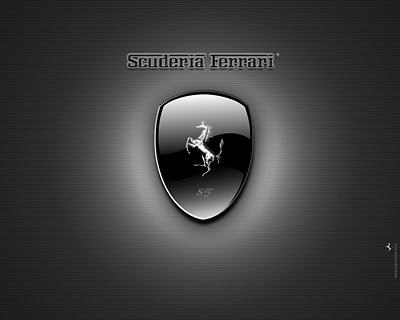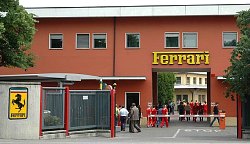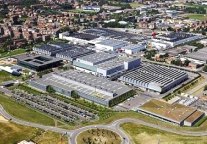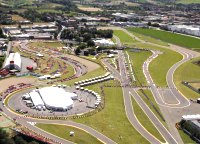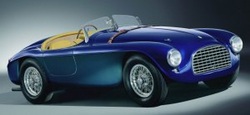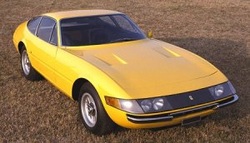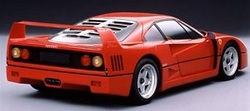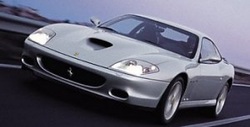FERRARI
Country
|
Italy
FIAT - 90% Piero Ferrari - 10% Headquarters, R&D and factory: Maranello, Modena. Test tracks: Fiorano (Maranello), Mugello (Florence). |
Introduction |
Undoubtedly, Ferrari is the most famous sports car manufacturer in the world. This is not only due to its unmatchable success in Formula 1 racing history, but also the fabulous road cars it built through the years. Ferrari cars are renowned for sexy looks and spectacular speed. Since the 1990s they are also reasonably user friendly and reliable. In addition to their rarity and heritage, it is easy to see why Ferrari is the most sought after sports car marque from millionaires.
|

